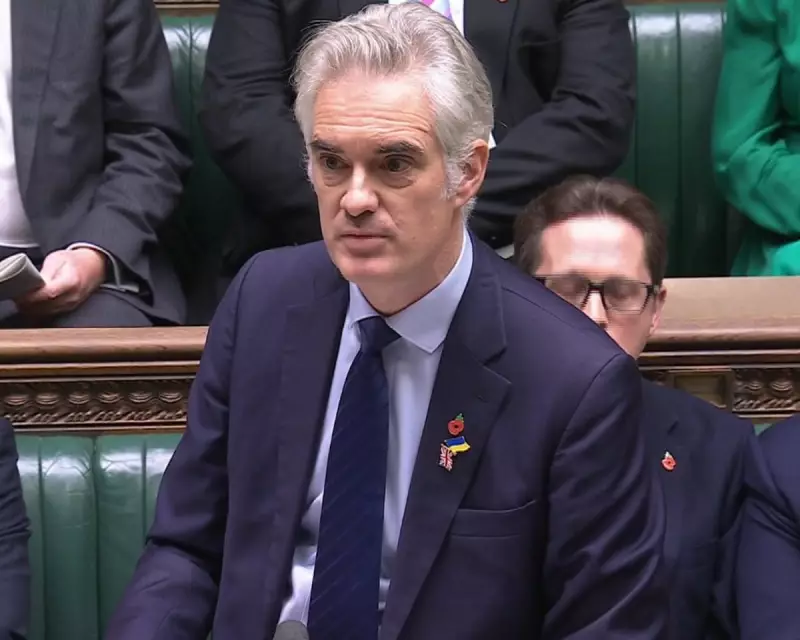
A dramatic Prime Minister's Questions session descended into chaos today as Shadow Foreign Secretary David Lammy accused Defence Secretary James Cartlidge of misleading Parliament over Britain's nuclear deterrent capabilities.
The 'Six to One' Controversy
At the heart of the confrontation was Mr Cartlidge's claim that the UK maintains "one nuclear deterrent" - a statement Mr Lammy branded as "fundamentally misleading." The Labour frontbencher countered that Britain actually possesses six key elements comprising its nuclear defence system.
What Makes Up Britain's Nuclear Arsenal?
- Four Vanguard-class submarines
- The Trident missile system
- Nuclear warheads
- Supporting infrastructure
- Personnel and training
- Command and control systems
Mr Lammy challenged the Defence Secretary directly, stating: "When he says we have one nuclear deterrent, he is misleading this house. We have six."
Government's Defence Under Fire
The exchange grew increasingly heated as Mr Cartlidge defended his position, arguing that the continuous at-sea deterrent represents a single, unified system. However, opposition MPs remained unconvinced, with several backbenchers echoing Mr Lammy's concerns about transparency.
The controversy comes at a sensitive time for the government's defence policy, with ongoing debates about nuclear modernization and spending priorities. Critics argue that downplaying the complexity of the nuclear arsenal could undermine public understanding of defence requirements.
Broader Implications
This isn't the first time accuracy in ministerial statements has come under scrutiny. The incident raises important questions about:
- Ministerial accountability in defence matters
- Transparency in national security discussions
- The importance of precise language in parliamentary exchanges
- Public understanding of complex defence systems
As the dust settles on today's explosive PMQs session, the government faces renewed pressure to provide clearer explanations of Britain's defence capabilities. The row underscores the delicate balance between national security transparency and operational secrecy in an increasingly uncertain global landscape.





